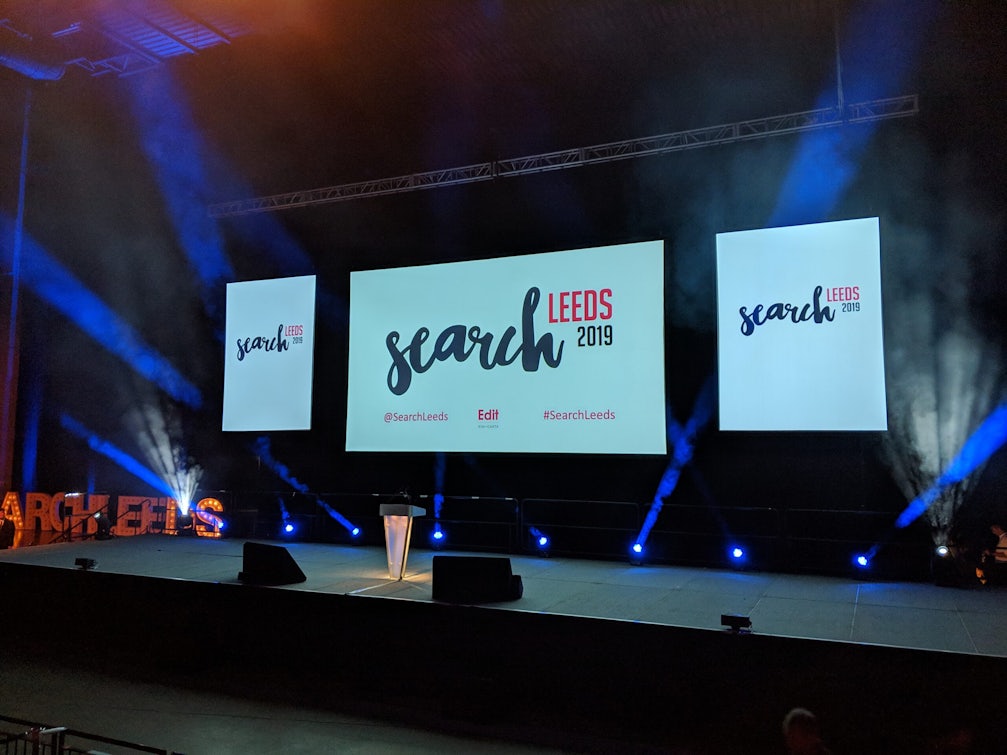One of the hardest things that digital marketers find at the moment is trying to understand digital media in an AI context – the purpose of Jon’s talk today is to give us a starting point for implementing AI in our digital strategies.
Jon is going to give us an overview of how the big 3 – Google, Facebook, and Amazon – use AI. He will then show us that the future of Paid Media is automated. Finally, he is going to give us some tools we can use tomorrow.
A good starting point with machine learning is that a lot of it can be entirely useless – as digital marketers we need to find a way of focusing AI in practical ways for advertising. The best way to do this is to look to the strategies employed by the big 3.
What do Amazon, Facebook, and Google do which is useful to us as marketers?
- Amazon offer unlimited movies, music streaming, and photo storage for Prime members through a huge number of their products. They are also a big player in voice search with products such as Alexa. Google have now entered this market as well
- The amount of information which the big three can collect on customers using these products as well as search and site behaviour can potentially give them a huge advantage over competitors when it comes to advertising and selling more generally
- This can be quite aggressive, and there are fears that these companies are storing more data than they let on.
- This data is invaluable to these companies, as it lets them personalise advertising to people who are already interested in certain products. More data plus user intent leads to better personalisation and therefore more ad revenue
Automation and the future of Paid Media
Jon goes on to explain what machine learning promises for the future of PPC. He mentions just a few features which will be increasingly useful to us as digital marketers:
- Ongoing audience expansion
- Automated bidding strategies such as maximise conversions
- Automatically build customised ads
He points out, however, that we have to be quite careful with how we use these services. Does AI have the potential to be the worst kind of black box? As marketers we need to be careful not to just let the AI services of the big 3 run wild without knowing what’s going on. In order to use what’s available to use effectively we need to follow 3 steps:
- Interpret how they’re using AI
- Test new releases to verify which add value
- Understand how to implement strategies using AI effectively
The process for judging whether AI is adding value should always be the same – does it make us better, brighter, and faster?
Strategies you can use tomorrow
As promised, Jon now details some opportunities – where can you start tomorrow with AI?
Automated bidding – programmed rules and scripts for bidding which platforms offer off the shelf.
- Positional based bidding – try to use this in a combination on high impression share campaigns that are already performing, but you want to hit top spots for. Set min/max rules to ensure that you don’t overbid for the top spot
- Target CPA/ROAS – these strategies reflect rules based on commercial objectives. Don’t just set these arbitrarily across the whole account – tailor the rules specifically to different campaigns, product areas, or service areas in order to make it more effective at reducing CPA/increasing ROAS
- Impression Share Targeting – Test on most valuable segmented campaigns such as those with high ROAS in order to further boost
Scripts – readily available online, scripts can automate time consuming tasks as well as helping us make more effective data-driven decisions.
- Time-based heatmapping is a great place to start. Try to focus not just on traffic and CTR but look at margin, conversions, conversion value etc. Also don’t just look at trends across the whole account if you’re going to apply changes based on it – every campaign is different. The 24/7 bidding script can then be used to take action on insights provided by heatmapping
- N-gram – statistical keyword fragment analysis which is great for finding both positive and negative keywords to add to the account e.g. high converting phrases
Ad customisation.
- Ad copy customisation based on factors such as device and location, price and promotions, and so on. Use google sheets to build templates for this and have ad platforms import the data
Micro moment targeting – target the moments that matter in the user journey.
- Using off the shelf predictive programs like DataRobot, we can better understand people’s search habits and predict the next most likely action they will take. This can massively help advertisers by enabling us to target people at the right moment – when they’re ready to convert
Jon summarises his talk as follows:
Focus on the big three – what are Amazon, Facebook and Google doing?
Be cynical – don’t blindly accept what various platforms are offering as useful. Develop your own filter and test new features as they are rolled out.
Start with small, incremental opportunities and build out if results are positive.



